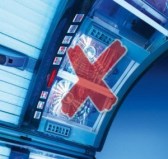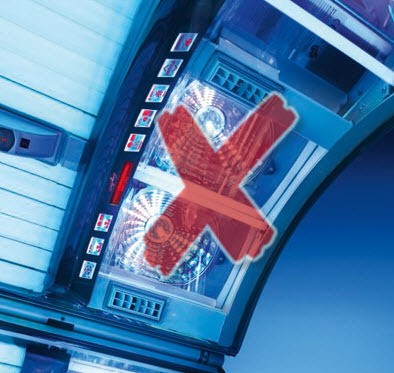P
PointOutside
Guest
Living in the north and looking out my window today at 3 PM and it being nearly pitch black outside really made me think: how is this sustainable? Vitamin D supplements just raise the number on my labs but do absolutely nothing to me compared to sunlight. Obviously Vitamin D isn't the only thing sunlight provides, but still. I know some people recommend tanning beds here but I'm somewhat more interested in the comparison to sunlight. How does tanning in a bed compare to real sunlight? It's probably nothing like the real thing but maybe it can be quantified. There's a tanning bed in my complex but I don't know what sort of frequencies it emits, I'd have to do some research on it.
Little side question: I am naturally extremely pale, but I don't burn easily at all. I spend my whole summer in intense sunlight (I travel a lot in the summer) and get very dark very quickly without burning, however I can lose my entire tan in less than ten days if I'm not in direct intense sunlight. Should I consider anything in relation to this? Copper? It's very drastic the change in skin tone. 3 months of heavy sun and being dark all to be lost in two weeks after returning home.
Little side question: I am naturally extremely pale, but I don't burn easily at all. I spend my whole summer in intense sunlight (I travel a lot in the summer) and get very dark very quickly without burning, however I can lose my entire tan in less than ten days if I'm not in direct intense sunlight. Should I consider anything in relation to this? Copper? It's very drastic the change in skin tone. 3 months of heavy sun and being dark all to be lost in two weeks after returning home.
Last edited by a moderator:




